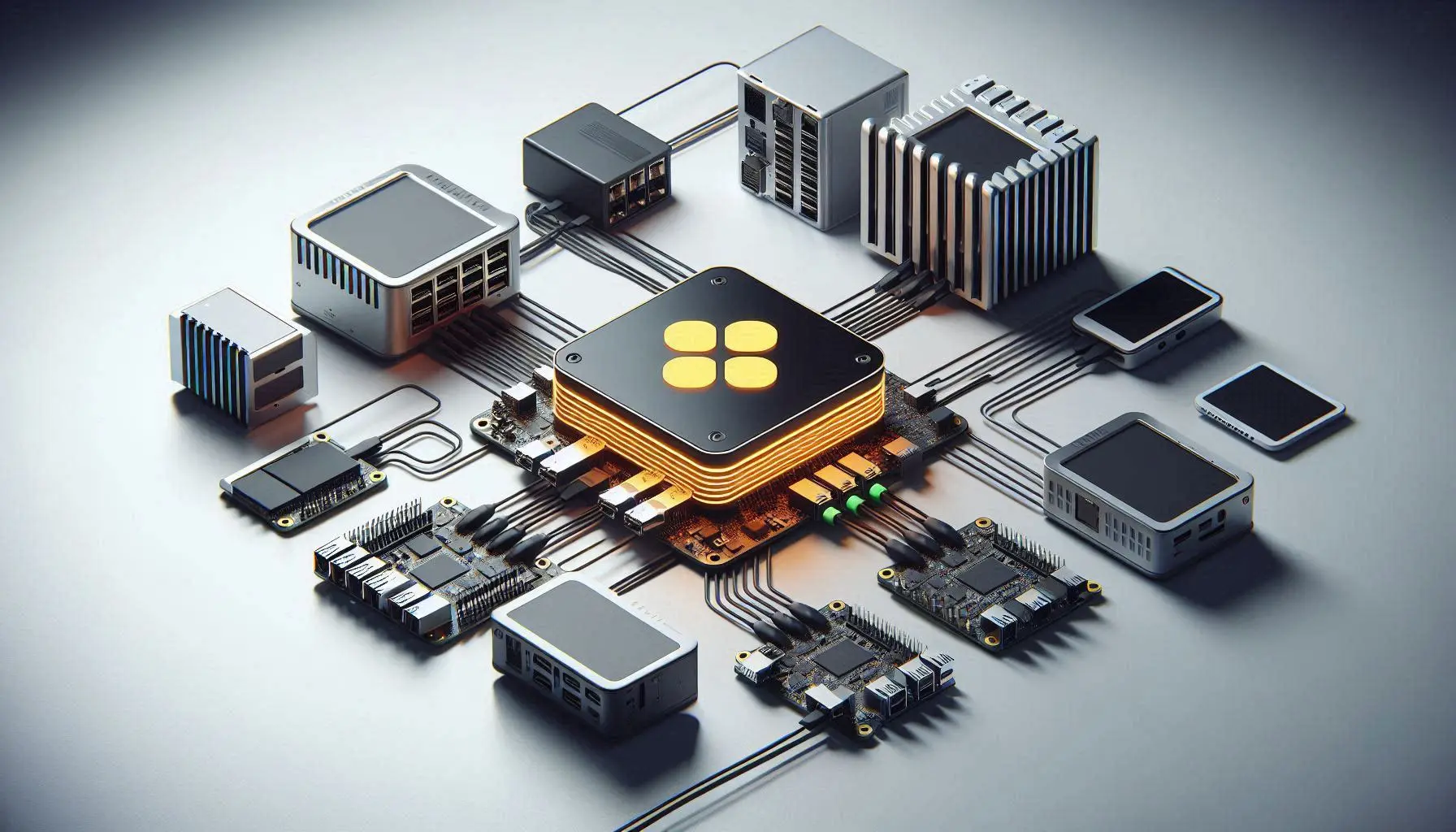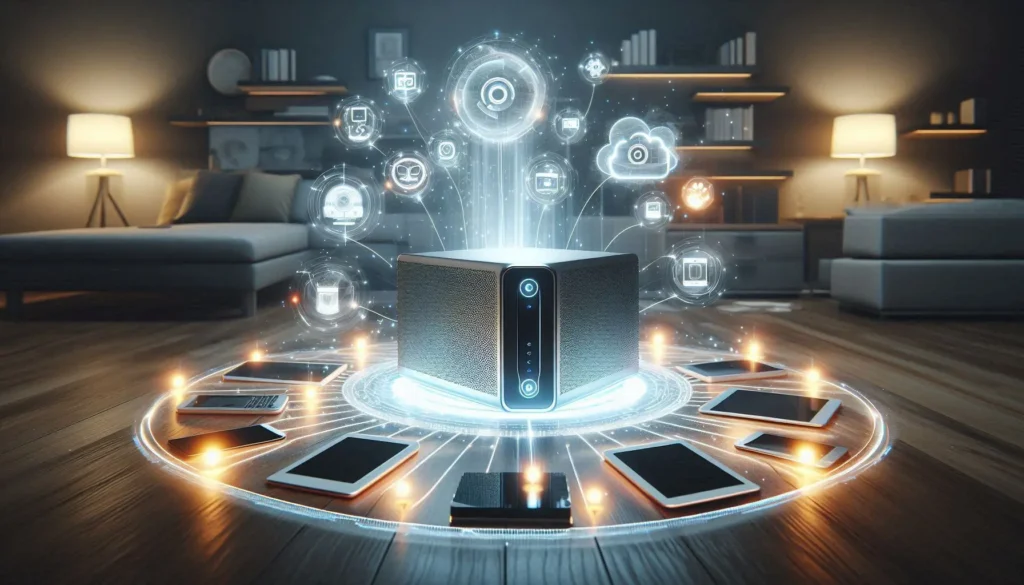
The Bombshell Entrance: Laying the Groundwork
They say power corrupts, but in the tech world, power unleashes. Welcome to the sophisticated world of Plex Media Server—a streaming haven where your favorite movies, music, and series coexist harmoniously. But if you’re reading this, you’re probably feeling the limitations of your current setup. Performance lag, buffering, and outright crashes are not part of anyone’s entertainment vision board. You want to upgrade from a minivan to a Ferrari, and this guide is the high-octane fuel to get you there. We’ll walk through the unmistakable signs that you need an upgrade, the specific hardware changes required, and the elusive art of optimization. Buckle up; it’s time to supercharge your Plex experience.
Understanding the Need for an Upgrade: Signs and Symptoms
You might be wondering, “Am I really in need of an upgrade?” Trust me, you don’t need a divining rod to figure this out. Here are some glaring signs:
Playback Issues
Buffering, pixelation, or outright failure to play certain files—all signal that your server’s current specifications are falling short.
High CPU Usage
If your CPU is consistently running at 85-100% when streaming or transcoding, it’s an unequivocal cry for help. An overworked CPU causes spikes in temperature and may lead to premature failure.
Slow Load Times and Interface Lag
Struggling to load thumbnails? Experiencing delays in navigating menus? This lag can be a byproduct of inadequate RAM or storage speed.
Multiple Stream Failures
If your Plex server can’t handle multiple simultaneous streams, you’re looking at an immediate red flag. Time to consider muscle-building.
Also read:
Step-by-Step Hardware Upgrade: From Basic to Beastly
Assessing Your Current Setup
Before diving into upgrades, it’s critical to evaluate what you already have. Note your current CPU, RAM, storage type, and network adapter. This sets the groundwork for targeted improvements.
CPU: Go Big or Go Home
The central processing unit is the brain of your Plex Media Server. For seamless 1080p streaming, aim for at least an Intel i5 or Ryzen 5. If 4K HDR content is your bread and butter, go for an Intel i7 or Ryzen 7. More cores equal better simultaneous transcoding capabilities.
RAM: More Memory, More Power
Less RAM translates into slower data retrieval. Start with a minimum of 8GB, but if you’re running a sizable library, 16GB or more will keep your rig purring like a well-tuned engine.
Storage Solutions: SSDs vs HDDs
Speed matters. Traditional HDDs are fine for bulk storage, but employing SSDs for your OS and Active Libraries can chop load times. SSDs are pricier but worth every penny for performance.
Network Considerations: Wired vs Wireless
The ideal setup employs a gigabit Ethernet connection. Wireless can work, but for multiple streams or high-bitrate content, wired is king. Consider routers that support Quality of Service (QoS) features to prioritize your Plex traffic.
Also read:
Optimizing After the Upgrade: Get the Most Out of Your New Hardware
Software Tweaks and Configuration
Utilize Plex’s server settings to limit the number of simultaneous streams or set transcoding rates. Fine-tune your library update intervals to minimize unnecessary strain.
Transcoding: Fine-Tuning Performance
Transcoding is resource-heavy. Delve into the transcoder settings and select the “Make My CPU Hurt” option if your hardware can handle it. Lowering the quality of transcoded streams can also improve efficiency.
Backup Strategies: Fort Knox Your Data
A sophisticated server warrants sophisticated backup strategies. Employ automated backups and redundant storage systems like RAID setups to safeguard against data loss.
Also read:
Future-Proofing Your Setup: Thinking Ahead
Scalability Tips
Always plan for more. Whether it’s an extra HDD bay or unused RAM slots, having available room to expand saves future headaches.
Modular Upgrades
Think in modules. Modular upgrades like hot-swappable drives and PCI expansion cards give you flexibility as technology advances and requirements grow.
Keeping Up with Technology Trends
Stay in the loop. Regularly follow tech news and forums focused on Plex and media servers. Being an early adopter of next-gen tech can seamlessly integrate cutting-edge features into your setup.
Also read:
The Grand Finale: Ensuring a Smoothplexperience
Congratulations, you’ve weaponized your Plex Media Server for greatness. With the right hardware upgrades and optimal settings,
your media server will operate like a dream machine. Sit back, relax, and enjoy the seamless experience of glitch-free streaming. The future is now, and your entertainment is about to enter a whole new dimension. Welcome to the big leagues.

Meet Plex-i Man, your friendly neighborhood Plex enthusiast and tech wizard. With years of experience tinkering with media servers and a passion for simplifying complex tech, Plex-i Man is on a mission to help everyone build their perfect Plex setup. When not writing guides or troubleshooting Plex issues, you’ll find him exploring the latest in home theater tech or binge-watching sci-fi series. Got a Plex problem? Plex-i Man is here to save the day!


